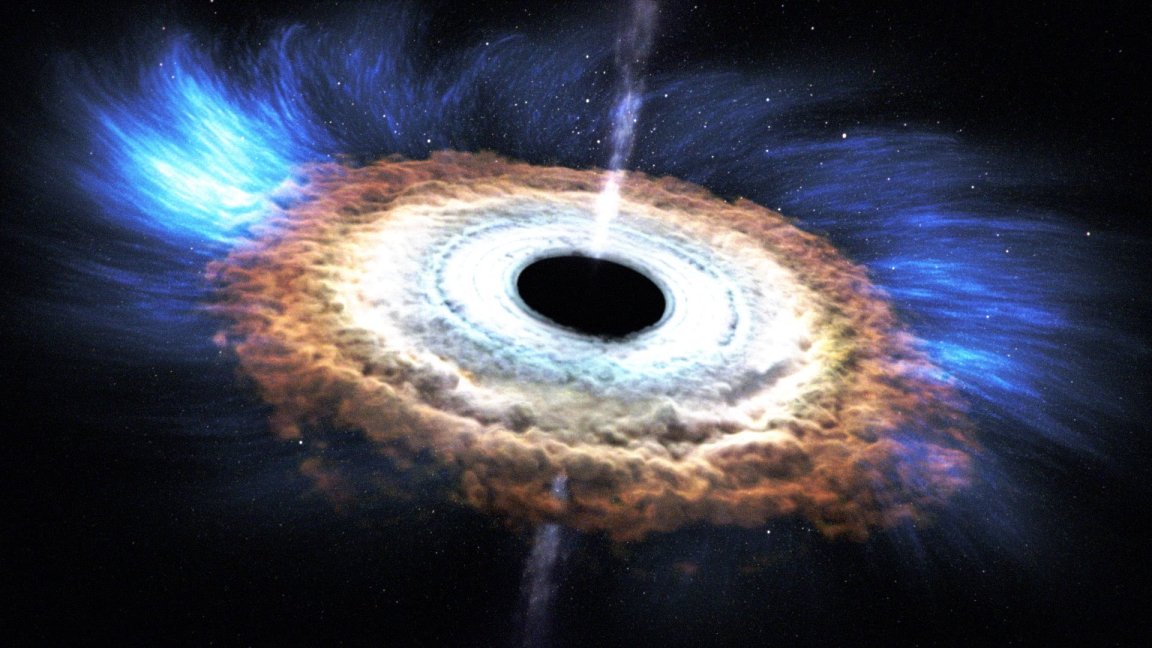
18 Trillion°
Despite their name, black holes can actually light up the sky with huge bursts of radiation that shine brighter than all the surrounding stars. Astronomers believe these jets come from a ring of hot material around the black hole, called a quasar.

We’ve always thought there was a limit to how bright these jets could shine, and consequently how much heat they could produce. As the electrons inside the jet would heat up to over 170 billion degrees Fahrenheit, the jet would produce X-rays and gamma rays, which would interact with each other and then cool down the emissions.
Now though, new observations show temperatures in the jet of quasar 3C 273 in a distant galaxy were able to reach 18 trillion degrees Fahrenheit.
“This result is very challenging to explain with our current understanding of how relativistic jets of quasars radiate,” astronomer Yuri Kovalev said in a statement.
A Team of Telescopes
Scientists are still pretty shocked, and the team will need to do more research to figure out just how the quasar got so hot without cooling down. Luckily, they have some impressive technology on their side.
The team credits these results to interferometry, which occurs when multiple telescopes are linked together to get fine resolution of a distant object. Specifically, the team used a radio space telescope linked to several ground telescopes. They’re collectively called RadioAstron, and when they’re linked together, it’s equivalent to using a telescope the size of eight Earth diameters. Their resolution is about 1,000 times finer than the Hubble Space Telescope.
Thanks to this highly-detailed view, researchers actually discovered something else about 3C 272. It had previously unknown visible distortions to its substructure, as seem from Earth, caused by peering through the interstellar medium in our own Milky Way.
As our telescopic technology continues to improves, who knows what we might find next.